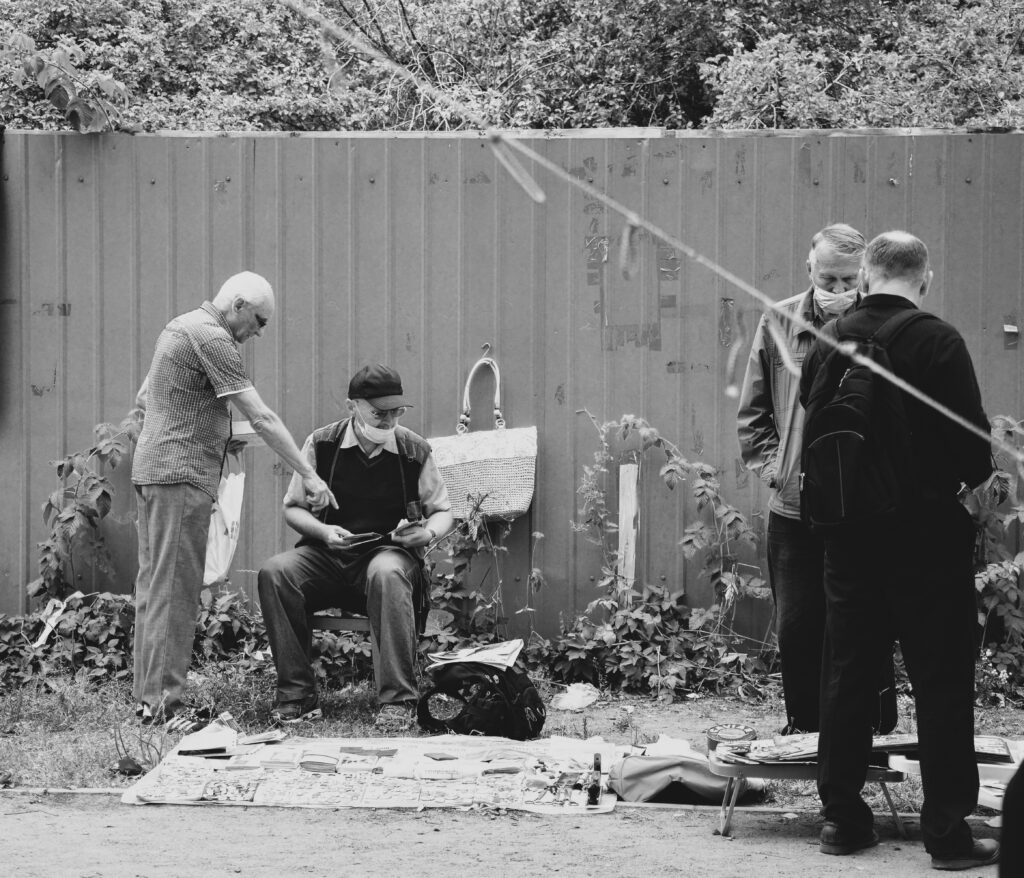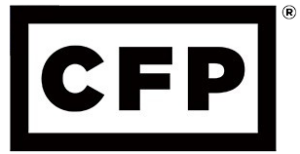As my husband rolled coins the other day he started muttering about the value of wheat pennies and who’s actually buying these as collectibles. I start to wonder can I really sell my collectibles at their true value? We both grew up believing that a wheat penny was special and worth squirreling away, the same with a half-dollar or buffalo nickel. The reality? You likely have what the coin industry refers to as “junk” – commonly available circulated coins with no special strike date.
It’s not just coins. There is literally no shortage of things we hold onto thinking they’re valuable with absolutely no evidence beyond perception. We then fret about not having enough space, clutter, and feeling guilty (for likely no reason) if something happens to the collectible. Cue toddler playing with delicate Snowbabies collection.
Useful Research on How to Sell Collectibles
With some research, I came across circles of information about how to sell collectibles or inherited collections. It goes something like this…
- Don’t rush or appear to be desperate for cash
- Gather and secure the collection
- Separate into groups and categories depending on collection size
- Identify and maintain inventory
- Assign value to inventory
The advice seems to cut off just before explaining WHO is actually BUYING anything you’ve just spent a ton of time valuing. And despite investing in the best guidebook or appraiser, the derived “value” will likely be retail (and you’re obviously not a store). In addition, if you’re unable to find a buyer directly it means you’ll be utilizing a middleman to sell collectibles. You’ll now have to factor in their cut and/or willingness to purchase. This could all easily cut 50% off the top of anything worth selling.
If you noticed, I said you’ll likely lose 50% of the value of ANYTHING WORTH SELLING. This may include well kept art, fine rugs, antique furniture, crystal, china, heritage village sets, etc. There is certainly a market for these things, but they become more narrow as tastes change and life gets messy. We personally learned the hard way that no one wants to pay more than half the value of a silk rug we never used because guess what, like us, they want something more durable. Who wants to hold their breathe as their kid or pet runs across the room?
So if actual valuable stuff takes that big of a hit, then to sell collectibles perceived as worthy are nearly impossible to profit from, and may actually be difficult to dispose of.
How Will I Sell My Collectibles?
Here is my take on how you can sell collectibles in your house.

In this situation, I’m not going to assume I have a rare gem within any given collection. I’m going to assume they’re all similar once I determine the general value of one. This is what any dealer would also assume if you brought in a can full of wheat pennies without doing the heavy lifting of inventorying every single piece. Doing more specific pricing would be easier if you had a smaller collection of a popular brand, so this will have to be a judgment call on your part. You may sell collectibles easily if you follow this approach.
Example: A box full of old postcards I’ll assume average the same. Three porcelain Lladro pieces I’ll price out separately
Watch my video to see some of my "collectibles" and hear how I plan to stop being influenced by perceived value.
- I want to determine what they even mean by valuable apart from the rare exceptions. Are we talking about $1, $100, $1,000? When it comes to something like beanies, a comic series, pogs, you name it… it’s very easy to do a quick eBay search. When doing this make sure to filter the results to complete sold listings. You don’t care what people are asking for, you care what people are buying for.
- In doing this with beanie babies I quickly found that you’re better off giving a used one away rather than wasting any additional time in this process. If you’ve done anything to already verify they’re retired, have tags, and are in clean condition then you’ll be able to average about $1/piece if selling a large lot. You’ll then have to account for the 10% eBay commission, 2-3% PayPal transaction, and shipping. I’d argue that your time is way more valuable than $1, but if you have a lot of 100, then you can sell collectibles in one listing, it’s more palatable.
- If you’ve done anything to truly preserve the items, such as put them in a fancy case and identify what makes them special, then you’re looking at $5+. For beanies I noticed $4 is the cost of a box and $1 is still the cost of your basic beanie, so be careful about investing additional money to sell collectibles. Another quick note, never clean a coin, you’re actually destroying the value.
- If you’re now worried about missing out on that rare exception, you can quickly add another filter by selecting to only see completed sales above a certain amount. I put in $100 for fun. I found that some individual pieces were selling at this level but were heavily authenticated with certificates, signed by celebrities, etc. I also quickly noticed I didn’t recognize any of these beanies.
- Decide if it’s worth your time in selling these as individuals, a lot, or at all. If you’re not confident with your eBay skills consider a local Facebook yard sale site. You won’t have to pay any fees or worry about shipping, however, the audience is more narrow and they’re looking for a steal, not a deal. With these groups available I’d skip Craigslist and the various aps they’re advertising on TV, like LetGo. Craigslist has significantly lost popularity and my experience with LetGo was awful for multiple reasons.
- If you are pleasantly surprised with the pricing, decide if eBay is the right platform or find more specialized sites targeting your market. For instance, Poshmark is great for vintage/designer clothing and Etsy for a vintage tin of buttons (because yes I inherited that collection too…).
- Simply giving away your collection may be the best avenue. You’ll instantly reclaim space and won’t waste additional time or energy deciding how to handle it. Some local thrift stores are begging for items to sell to support their local food pantry and ministry efforts. Others are sending trucks around on specified dates for pick up, making it super convenient to donate. You can also consider gifting locally through a Facebook “Buy Nothing Group.” This option allows you to meet the new owner and potentially provides a little joy in knowing your collection is going to a good home if you have any sentimental attachment. Moreover, if you are looking for some cool gift ideas, you can read our blogpost ‘Gift Ideas for Seniors in 2023’ here.
- Prepare to laugh and let go if your items are worth nothing.
- Last but not least, enjoy the collection if you want! If you find it’s not worth much but holds a special place in your heart then by all means take the “rare” barbie out of the box and play with it! It’s not necessary to sell collectibles at all costs! If you plan to pass it down make sure to document the backstory and value (personal or otherwise).





This Post Has One Comment
Visit local bookstores or the library to check out books on the class of collectible for more information on your item. Although you can t really sit down and research an item at a bookstore, a quick look will tell you whether it s worth buying the book for more information. If you have a large collection of one type of item (depression glassware, Lladro ceramics, military memorabilia, vintage car parts, etc.), it could be worth buying a book dedicated to that type of item.